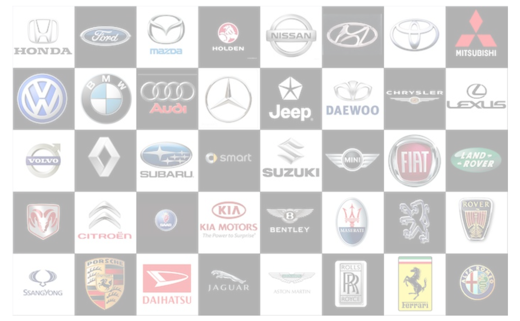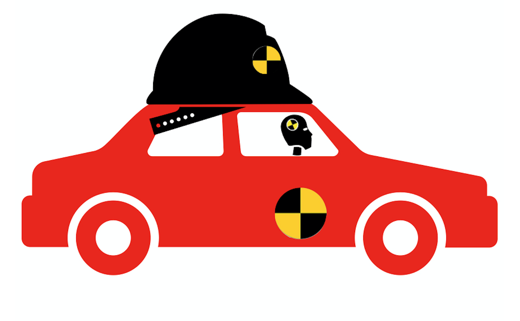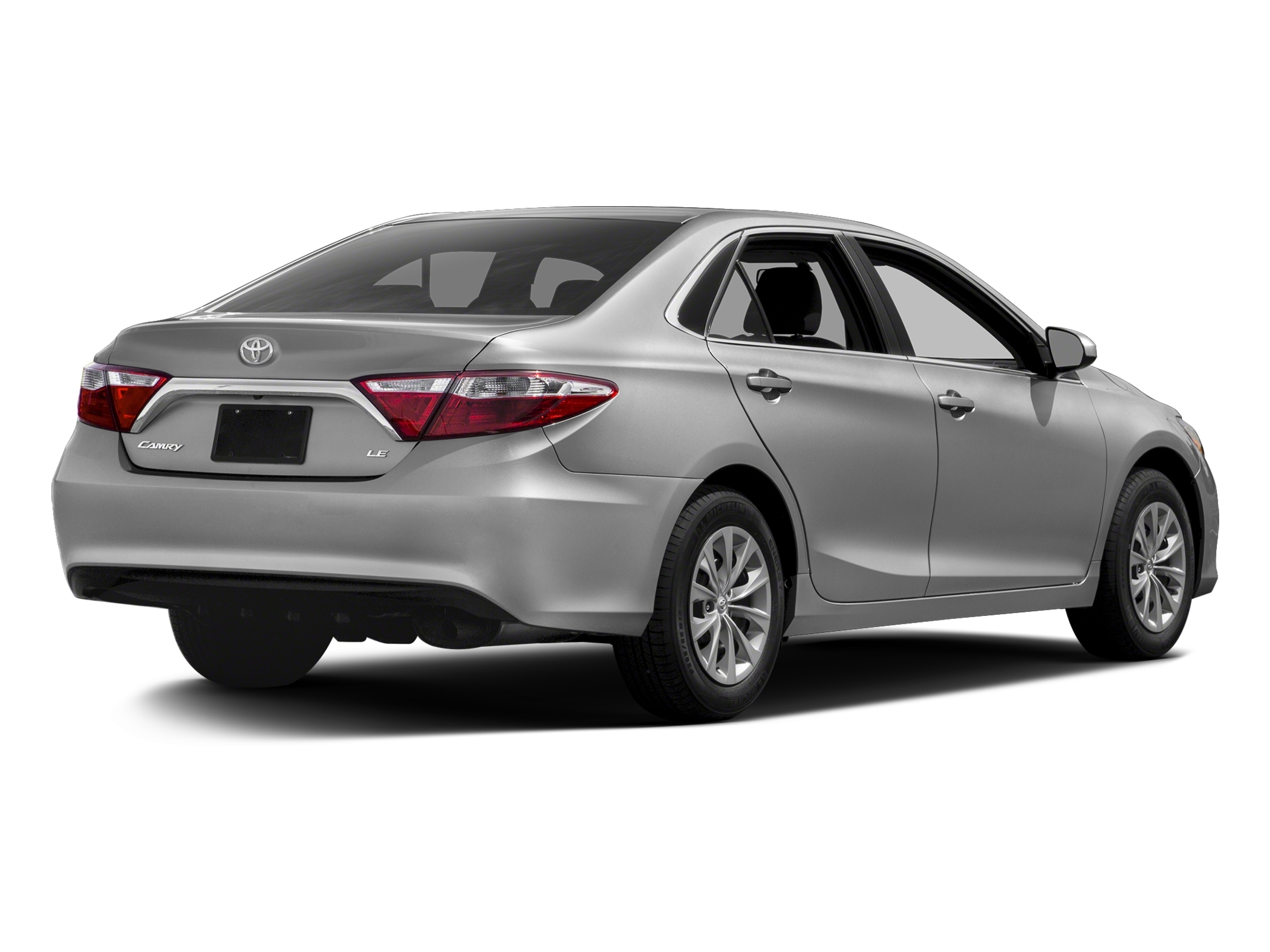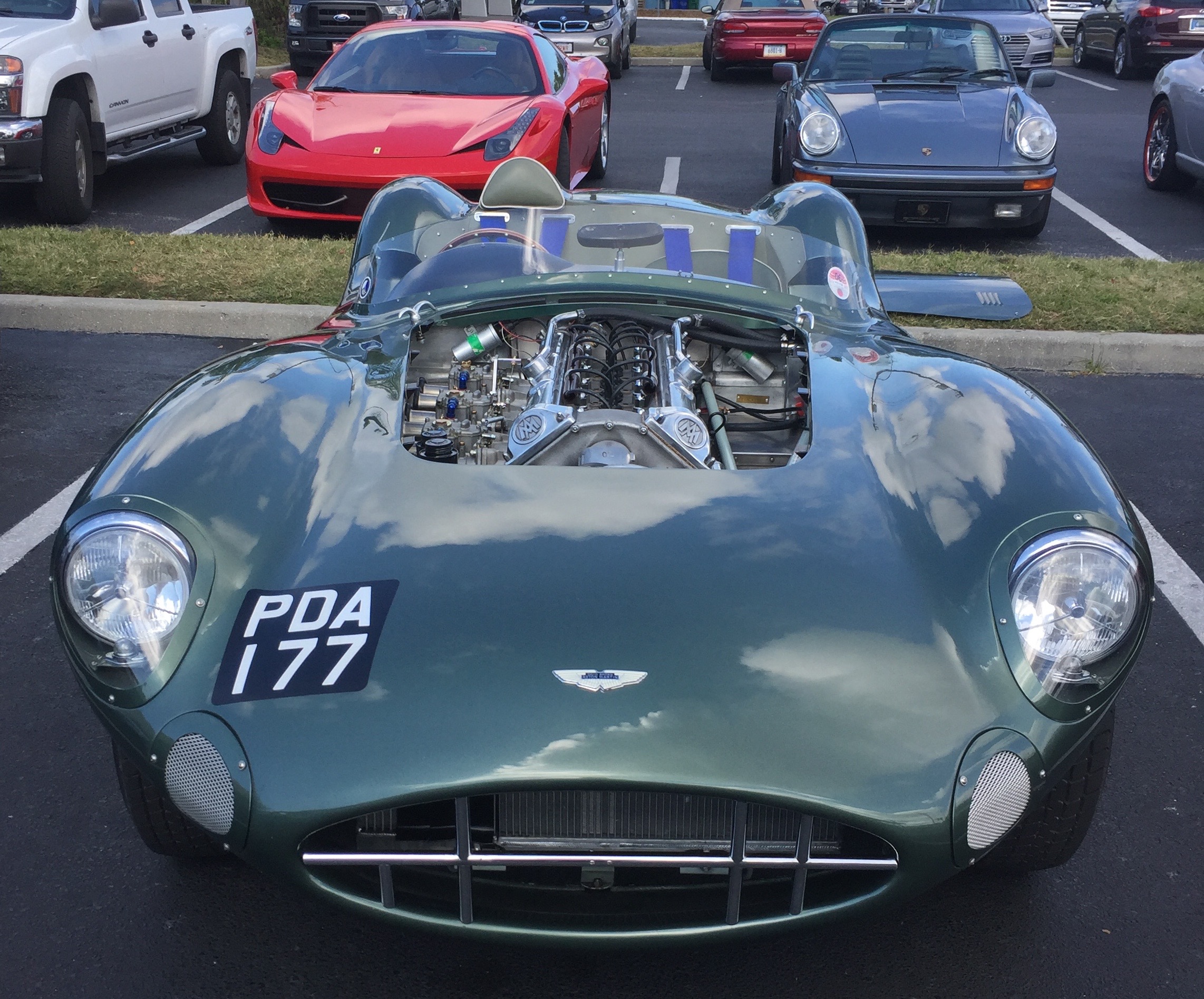Among a number of exploding trends in the past few years, turbocharging is huge. This way of making more power in a smaller engine is very important as fuel economy has become critical.
 |
| Courtesy Ford Motor Co. © Ford |
Turbocharging is shorthand for turbine-powered supercharging. Supercharging, where a compressor forces more air into an engine, increases horsepower when needed. Otherwise the engine has the attributes of a smaller, more economical power plant. A supercharger is typically driven by the engine itself, so some of the extra power is lost... and some of the efficiency. A turbocharger is driven by a turbine that is turned by exhaust gas. The stuff we throw away.
The first turbocharged cars were the
Chevrolet Corvair Monza Spider Turbo and
Oldsmobile F-85 in 1962. Later Porsche, Saab and Buick added turbochargers to a few models in the 1970's, but all of these were limited, high-performance models.
In the 1980's Chrysler was downsizing their fleet and eliminating 8 and 6 cylinder engines from most of their cars. The 2.2, 2.5 and 2.6 liter four cylinders were very limited in power (92 to 110 horsepower). So Chrysler developed the 2.2 turbo (146 horsepower) and later the 2.5 turbo (150 horsepower). At their peak in 1989, the 2.5 turbo was optional in almost every Chrysler, Plymouth and Dodge car, including the Caravan and Voyager minivans. These turbochargers went away as Chrysler began making larger more modern cars with available V6 engines in the 1990's.
Begin 2013. Over One-Third of automotive powertrains offered have either a turbocharger or a supercharger. Over 30% are turbos. Contrasted that with 2008, when only 13% of engines offered had turbochargers.
That's just the proportion among engines offered. The difference is much larger when comparing the number that will be sold, since most of those in 2008 were very limited applications: 911 Turbo, Dodge Ram HD 5.9 Cummins Turbo Diesel, Lancer EVO Turbo., etc.
In 2013, Fords that offer turbos include Ford Edge, Escape, Explorer, Explorer Sport, F-150, F-Super Duty, Flex, Focus ST, Fusion, Taurus, and Taurus SHO. In 2008 that list would only include the F-Super Duty with the Powerstroke Turbo Diesel.
In 2008, Hyundai offered no turbocharged engines. In 2013 they offer the Genesis Coupe 2.0T, Santa Fe Sport 2.0T, Sonata SE and Limited Turbo and Veloster Turbo.
BMW's engines are almost all turbocharged for 2013. Only the 128i, 328i Convertible and 328i Coupe have a non-turbo 3.0 six-cylinder.
Why?
1. Fuel economy.
A turbocharger adds power only when needed, using wasted exhaust heat and energy, allowing the use of a smaller engine that will burn less fuel most of the time. In the Ford F-150, the optional 3.5 ECOBoost V6 produces 365 horsepower, five more than the 5.0 V8. The ECOBoost V6 is rated at 16 city/22 highway fuel economy for the 2WD model versus 15 city/21 highway for the 5.0 V8.
A four cylinder engine weighs less and takes up less room than a V6, allowing the weight of the entire vehicle to be reduced. When the Chevy Malibu, Ford Fusion and Hyundai Sonata were redesigned, the engineers were able to reduce weight by not leaving enough room in the engine compartment for a V6. In each of these 2013 cars, the top engine choice is a turbocharged 4.
2. Direct Fuel Injection
As direct fuel injection is adopted, turbocharging becomes easier to adopt. This precise type of fuel injection, firing the fuel right into the combustion chamber, cools the cylinder, allowing the use of a turbo without making premium fuel necessary. This fuel injection allows a higher compression ratio, which further improves fuel mileage by more efficient engine operation and more complete burning of the fuel.
3. Heavier Cars
As car buyers demand more and more standard equipment: power windows, power locks, power seats, sunroofs; and more safety equipment is mandated and tougher crash standards are employed cars get heavier. The 1986 Ford Taurus weighed 3050 pounds. The 2013 Ford Taurus weighs 4015 pounds. Both offered a four cylinder engine. The 1986 used a 2.5-liter 90 horsepower 4-cylinder. The 2013 offers a 2.0-liter turbo with 240 horsepower.
 |
| 2013 Ford Taurus SHO with ECOBoost turbo 3.5 V6 |
Is it Reliable?
Many people remember the turbocharged cars of the 1970's and 1980's, the turbochargers burning out, leaving horribly underpowered cars, where eventually the rest of the engine would fail under the heavier load. Some of the engines would fail under the extra stress of the turbo: blowing head gaskets or getting cracked heads.
The turbos themselves are much more reliable. Better bearing designs, water cooling, better lubrication all support the fact that all manufacturers cover the turbocharger under their longer powertrain warranties.
Earlier turbocharged engines were basically normal engines with their compression ration reduced and a turbo strapped on. More power? Increase the pressure of the boost. Modern turbocharged engines are designed and tested to withstand the extra power and pressure of the turbo from the beginning.
The ECOBoost engines from Ford underwent extremes of testing. In November 2010, A Ford F-150 towing 11,300 pounds raced around a NASCAR track at speeds almost 100 MPH, averaging over 80 MPH for twenty-four hours.
So far, the only modern turbocharged engine that has given extra trouble were certain BMW six-cylinder engines, which had fuel injection failures. But those failures were more the result of the direct fuel injection system than the turbo.
Overall, manufacturers have too much at stake for them not to overtest and overbuild these engines. In the past turbos were mostly the domain of high-performance specialty vehicles. Built in small numbers they neither were a large risk, nor were they worth a huge investment due to the smaller numbers. With the vast majority of Chevy Cruze sales being the 1.4 Turbo, that engine has to be reliable. Also the sales numbers will help GM pay for extra testing and engineering costs to make it reliable.








